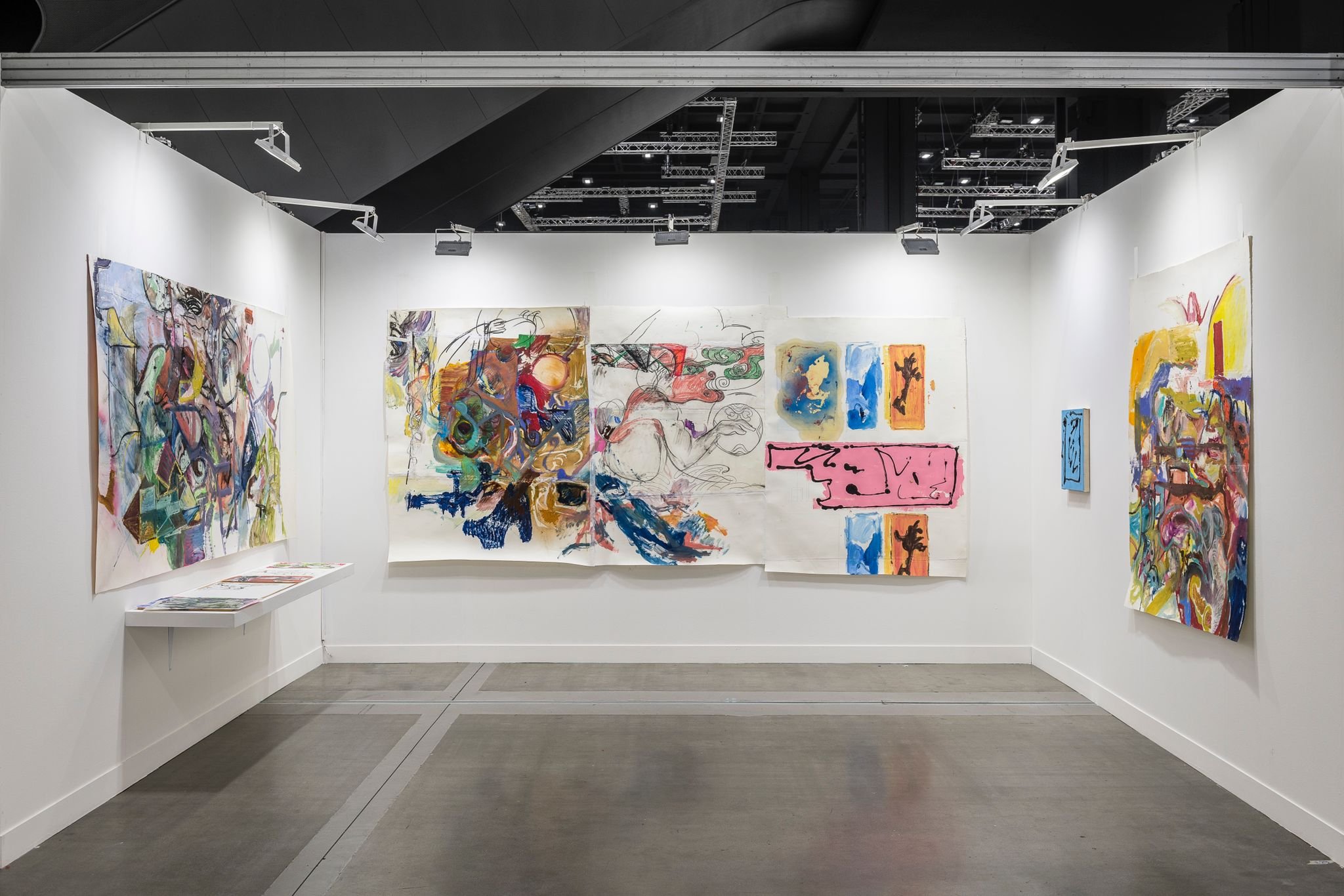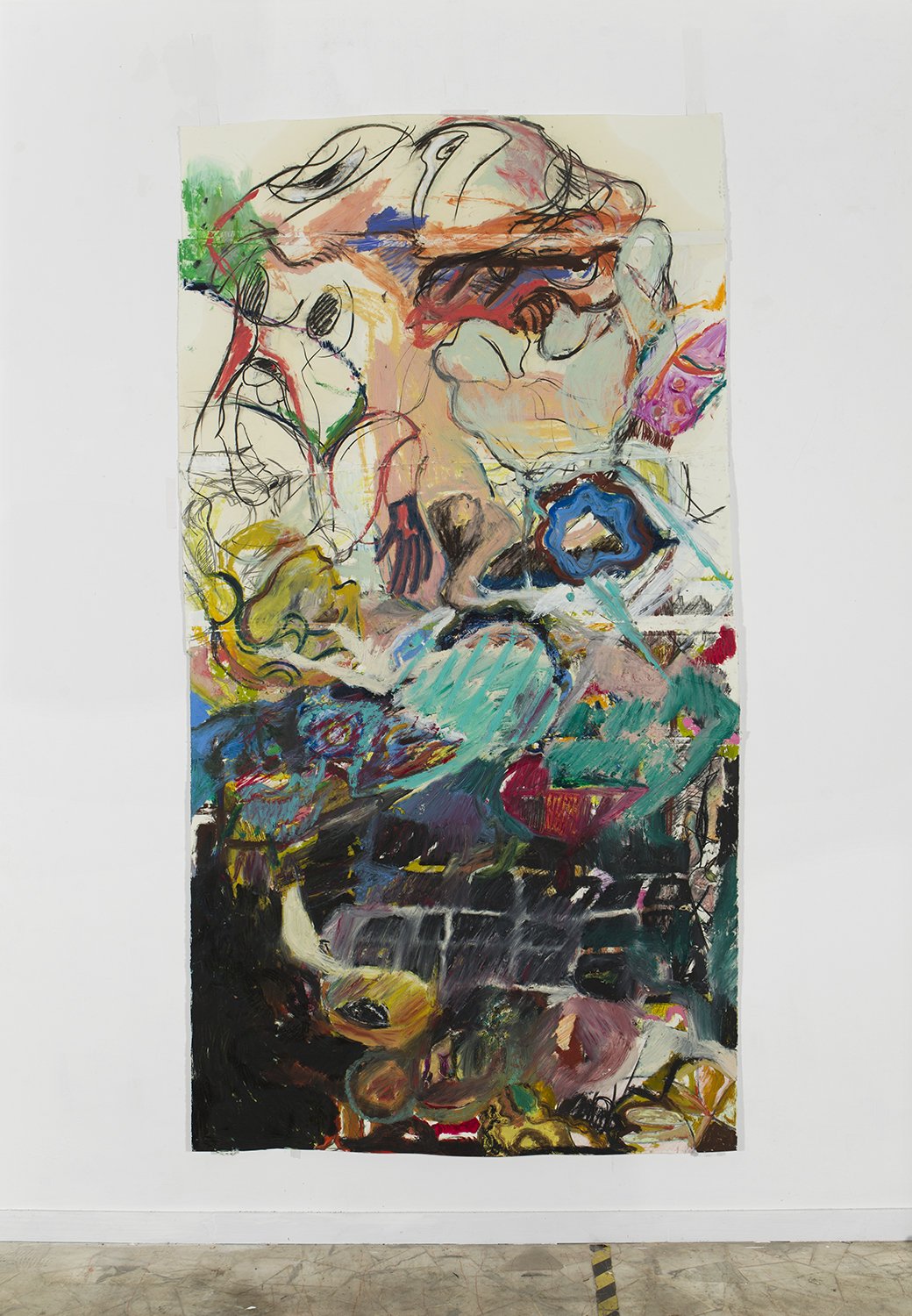Pesce Khete, Solo Show at Miart with Colli Independent Art Gallery, 2022
Pesce Khete, SINOSSI (Bon voyage), Colli Independent Art Gallery, Rome, 2020 Installation View
Installation View, Pesce Khete, MART Museum, Rovereto, 2021
SINOSSI (Bon voyage)
by Michele Tocca















